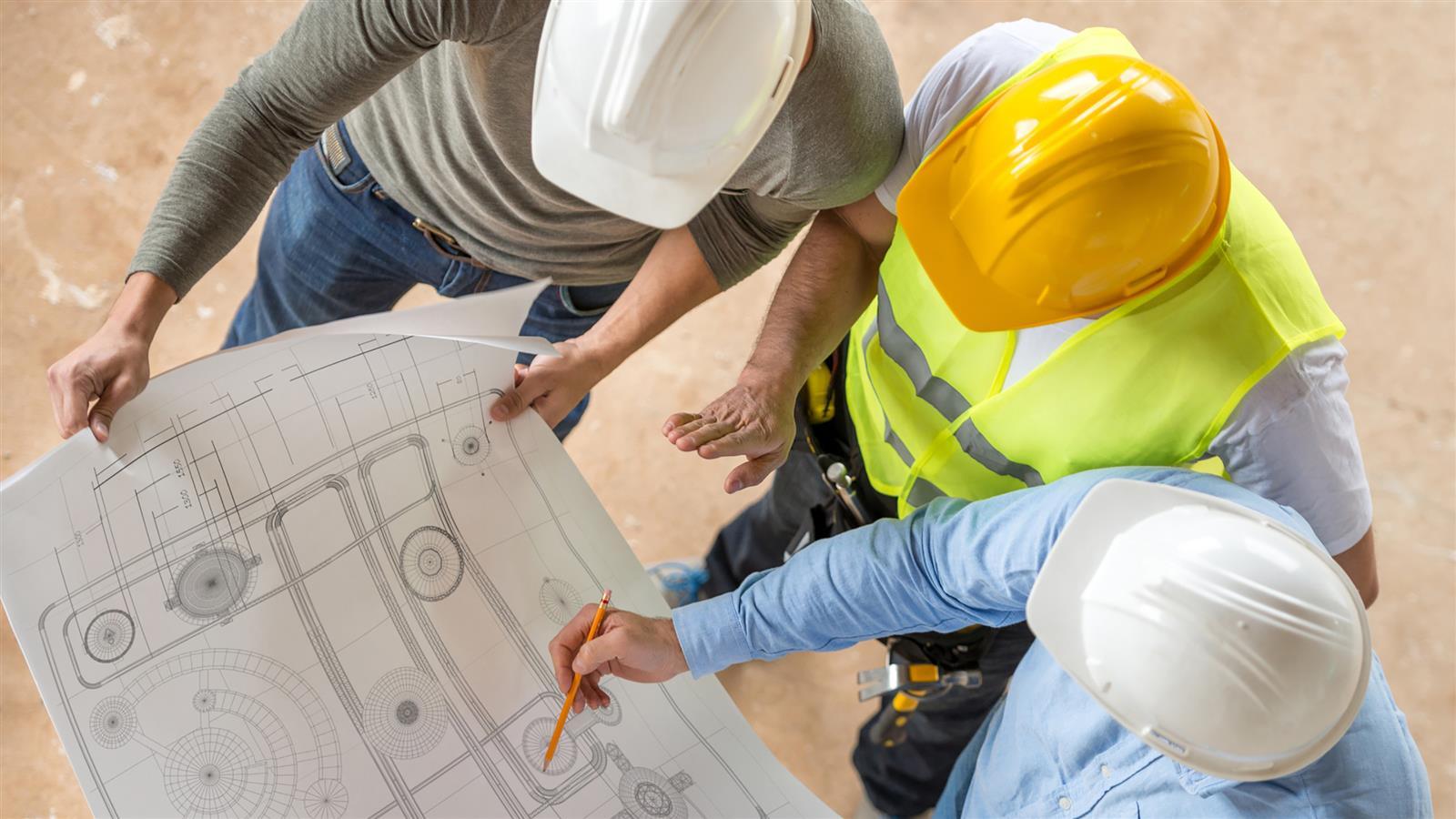5 Myths About Design-Build Debunked
Design-build delivery offers many opportunities for collaboration, innovation and added value, but many owners still have concerns about this alternative delivery approach. Is choosing design-build delivery worth the potential pitfalls that some doubters may tout?
The truth is that many of the supposed drawbacks to selecting design-build turn out to be arguments for design-build when they are examined more closely. Myths about loss of control, lack of competition, added risk, absence of financial transparency, and lack of flexibility are just that—myths. Read on to learn the truth about how design-build can work in the owner’s favour on all of these fronts.
1. “The owner has to give up control.”
False! If anything, the owner of a design-build project can retain more control over the process. Unlike design-bid-build, design-build projects are carried out through a highly-transparent process that allows the owner to see all aspects of the project, participate as much or as little as is desired, and collaborate with engineers and builders throughout the contract. Active membership in the project team ensures that the client’s perspective is represented, along with that of stakeholders.
2. “It will cost more, because competition is limited.”
Erroneous! There is robust competition in all forms of design-build delivery. In lump-sum design-build, competition occurs early in the project, as design-build teams compete to offer the owner the best value. In progressive design-build and construction manager at risk (CMAR), the entire project is competitively bid in full view of the owner. In all cases, overall project cost could be lower because designers and builders are jointly identifying and minimising constructability issues during design that would otherwise need to be corrected during construction. Most importantly, there are no change orders—the single largest cause of project cost overruns—on a design-build project, as long as the scope remains the same.
With design-build, the key source of conflict between the designer and constructor is eliminated.
3. “The risk to the owner is higher.”
Incorrect! Your risk exposure is actually lower, because you are working with a single partner. In design-bid-build, the owner “owns” the project design, as far as the contractor is concerned, and any issues will raise the construction price accordingly. With design-build, the key source of conflict between the designer and constructor is eliminated because each no longer reports separately to the owner. Furthermore, the entire team owns the project and all that goes with it: the owner relays concerns to a single point of responsibility to obtain satisfaction without adjudicating a dispute between an engineer and a contractor.
4. “After selection, the owner won’t know where or how wisely money is being spent.”
Untrue! Design-build projects that operate with an open book approach allow the owner to monitor, or even participate in, each project procurement or selection decision. Operating transparently, the design-build partner should be ready to show how the money is being spent and that it is being spent in the most effective manner. Through a “shared savings” approach, the design-builder is incentivized to keep costs low, because they will retain a percentage of the money saved. Ultimately, the success of a design-build project comes down to trust. To unlock design-build’s value, find a partner that will provide the proper degree of collaboration and transparency for the owner and team.
5. “All decisions are locked in at the very beginning.”
Not so fast! Design-build delivery actually gives the owner additional flexibility. The owner is a true and desired member of the project team, helping to shape and form consensus on every major project decision. With design-build, real-time decisions are made as the project proceeds, allowing the design to continually mature and adjust, which allows maximum flexibility to meet new requirements and implement cost savings opportunities as they arise. As choices of preference are being made, for such things as equipment quality, quantity and price, the design-builder can provide each decision’s impact on the project budget and performance so informed decisions can be made.
Still not completely sure that design-build is the way to go? Owners can begin a project on a design-build basis while building in a contractual “off-ramp” that will allow the project to go design-bid-build after design completion, if that approach later becomes optimal for needs. The project will still benefit from a design that has been developed through robust collaboration with builders.







